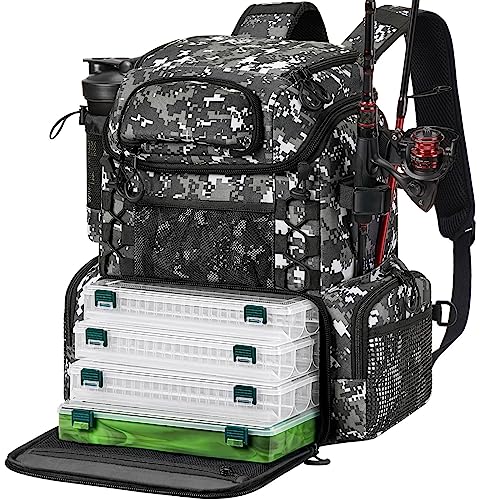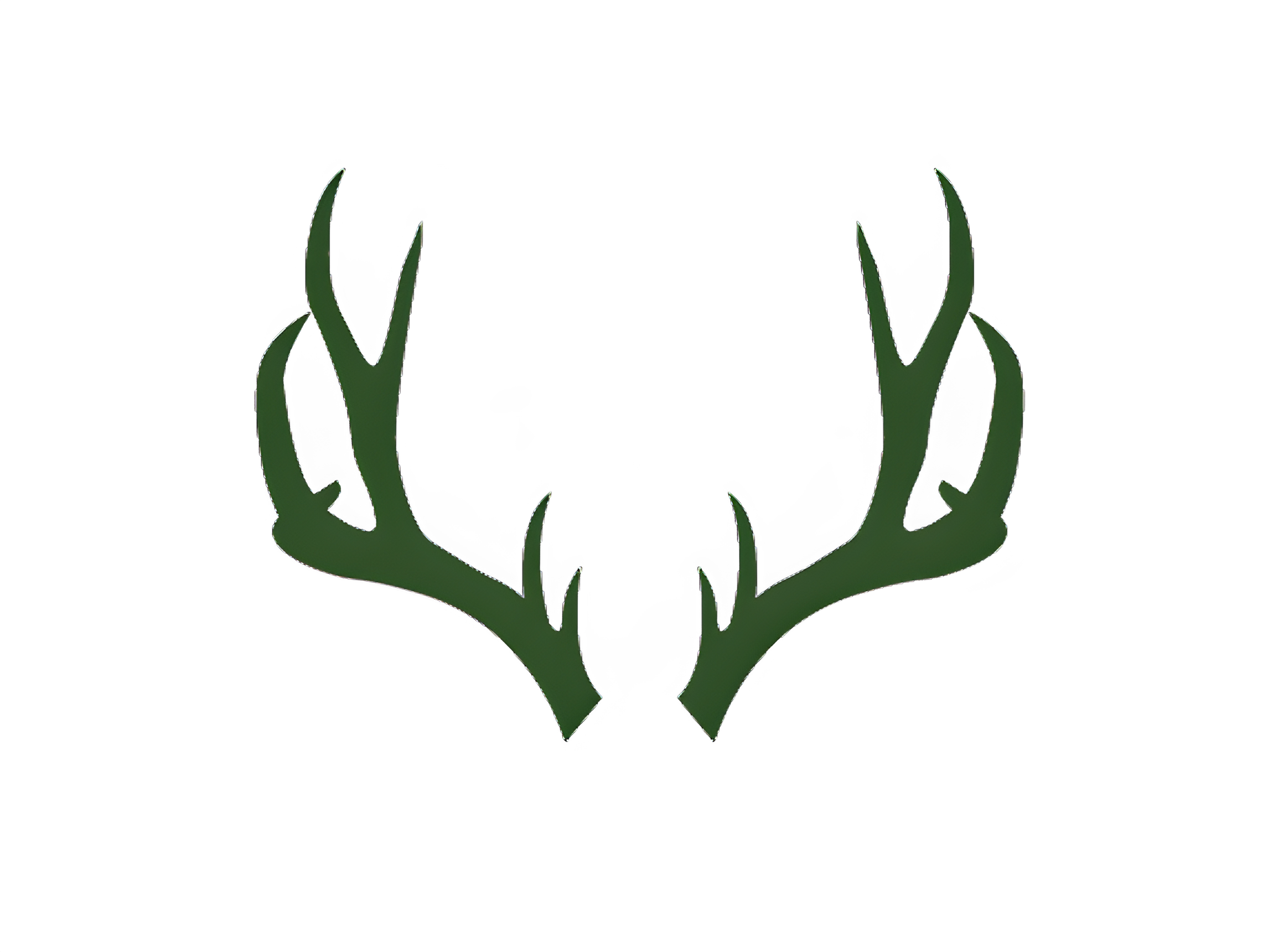Introduction: Are We Fishing for the Future?
Fishing and conservation have an intricate and essential relationship. As anglers, our passion for fishing goes hand in hand with a responsibility to protect and preserve our precious aquatic resources. But how can we ensure that our hobby contributes to the health and longevity of fisheries? This guide will explore the world of sustainable fishing practices, providing an in-depth look at the intersection of angling and conservation. By understanding the impact of fishing on ecosystems and adopting responsible practices, we can make a positive difference for future generations of anglers and fish alike.
The Impact of Fishing on Aquatic Ecosystems
Fishing pressure, when unmanaged, can have significant effects on fish populations and the biodiversity that depends on them. Overfishing, for instance, occurs when fish are removed from a population at a rate that exceeds their ability to replace themselves through reproduction. This can lead to a cascade of ecological consequences, including:
- Decreased biodiversity: Overfishing can reduce species diversity as certain fish become scarce or extinct, affecting the entire food web and ecosystem health.
- Disrupted food webs: Removing large numbers of fish from a particular trophic level can disrupt the balance of predator-prey interactions and impact the abundance of other species.
- Genetic impacts: Heavily fishing a population can reduce its genetic diversity, making it more susceptible to diseases and environmental changes.
Angling communities have led successful conservation efforts worldwide, and it is important to learn from these initiatives. For example, in the Pacific Northwest, tribes and conservation groups have worked together to restore salmon habitats, ensuring the survival of this iconic species and the many benefits it brings to the region. By understanding and emulating these successful projects, we can make a tangible difference in our own fishing communities.
Responsible Angling Practices for Conservation

A key aspect of conservation-minded angling is the adoption of responsible fishing methods. Here are some essential practices to consider:
- Catch-and-release: This practice involves carefully releasing caught fish back into the water to help maintain fish populations and provide more anglers with the joy of catching that particular fish species.
- Size and bag limits: Adhering to size and bag limits ensures that fish have a chance to spawn at least once before being caught, maintaining a healthy population.
- Environmental gear choice: Using lead-free weights and non-toxic lures can reduce pollution and minimize the impact on fish and their habitats.
Ethical handling practices are also crucial. This includes using appropriate bait and hook types to minimize injury, keeping fish in the water as much as possible during the unhooking process, and learning proper release techniques to ensure the fish's survival. These simple yet effective practices can make a significant difference in the health and longevity of fish populations.
The Critical Role of Fish Habitat
Fish habitat is fundamental to the survival and prosperity of fish populations. Human activities can often impact these habitats negatively, and it is essential to understand these effects and take proactive measures. Here are some key considerations:
- Stream bank erosion: Unstable stream banks can lead to increased sedimentation, which harms aquatic habitats. Restoring and stabilizing stream banks with vegetation and natural structures helps improve water quality and provides vital fish habitats.
- Aquatic vegetation management: Submerged plants and algae are essential for fish, providing food, shelter, and oxygen. Managing aquatic vegetation through selective removal or restoration enhances fish habitats.
- Dams and barriers: These structures can fragment habitats, block migration routes, and alter water flows, negatively impacting fish populations. Removing or modifying these structures can have positive effects on fish habitats.
By understanding the delicate balance between human activities and fish habitat needs, we can implement effective conservation measures. This may include creating fish passageways, restoring wetlands, and educating communities about the importance of responsible land and water use.
This concludes the first section. Please provide feedback or indicate if you would like me to continue with the next part of the blog post, which will delve into conservation efforts beyond the water's edge and the economic impact of fishing-related conservation.
Conservation Efforts Beyond the Water
Anglers can significantly impact conservation efforts beyond the immediate waters they fish in. Advocacy and policy work play a crucial role in shaping sustainable fishing practices and protecting our fisheries for the long term. Here's how anglers can get involved:
- Join or support conservation organizations: Reputable organizations, such as Trout Unlimited or the Coastal Conservation Association, advocate for policies and initiatives that protect fish habitats and promote sustainable fishing practices.
- Participate in citizen science projects: Anglers can contribute valuable data and insights by participating in citizen science projects. These projects might include fish population surveys, water quality monitoring, or habitat restoration efforts, all of which inform conservation strategies.
- Practice responsible angling etiquette: Ethical behavior while fishing, such as respecting other anglers' space and following local regulations, fosters a positive image of the angling community and gains support for conservation initiatives.
Additionally, education plays a vital role in conservation. Anglers can get involved by:
- Promoting fishing education: Educating new anglers about conservation ethics and responsible fishing practices ensures that future generations understand the importance of sustainability.
- Supporting educational programs: Many fishing clubs, shops, and organizations offer educational initiatives or workshops. Getting involved in these programs helps spread awareness and fosters a sense of stewardship among anglers.
The Economic Impact of Fishing and Conservation

Recreational fishing has significant economic benefits for communities, and these can be harnessed to further conservation efforts. When anglers spend money on equipment, licenses, travel, and accommodations, they contribute to local economies. This economic impact can influence policymakers and community leaders, driving support for sustainable fishing practices and conservation initiatives.
- Tourism and local businesses: In many regions, fishing tourism is a significant economic driver. Anglers traveling to experience unique fisheries boost local economies, creating a vested interest in preserving these natural resources.
- Job creation: A thriving recreational fishing industry creates jobs, from fishing guides and lodge owners to tackle shop staff and boat manufacturers. These jobs depend on sustainable fishing practices and healthy fish populations.
For example, a case study from the Gulf Coast showcases how conservation efforts can lead to a thriving tourism industry. After the Deepwater Horizon oil spill, restoration projects and conservation initiatives played a pivotal role in reviving the region's fisheries. Today, the Gulf Coast is a prime fishing destination, attracting anglers worldwide and fueling the local economy.
Sustainable Fishing Techniques and Gear
Adopting sustainable fishing techniques and choosing the right gear are essential aspects of conservation-minded angling:
- Fly fishing: Fly fishing is often considered an environmentally friendly technique, as it typically targets specific species and uses barbless hooks for easier catch-and-release.
- Bait fishing: When using bait, choose sustainable options like local or organic baitfish, and avoid using excessive amounts that can harm baitfish populations.
- Bowfishing: Bowfishing can be a selective method for controlling invasive species, providing a sustainable food source while removing pests from ecosystems.
When selecting fishing gear, look for recycled or sustainable options. Many companies now offer eco-friendly alternatives, such as lead-free weights and lures made from recycled materials. These simple choices can reduce pollution and minimize the environmental footprint of your fishing adventures.
This section concludes our exploration of fishing and conservation, covering responsible angling practices, the importance of fish habitats, and how anglers can contribute to conservation beyond the water. In the next part, we will delve into the innovative world of aquaculture and its role in conservation, as well as exciting future technologies that could shape the way we fish and protect our fisheries.
Conservation Through Aquaculture
Aquaculture, or fish farming, plays a crucial role in conservation by reducing the pressure on wild fish stocks. By farming fish in controlled environments, we can meet the growing demand for seafood while allowing wild populations to recover and thrive:
- Taking the pressure off wild stocks: Aquaculture provides a sustainable source of seafood, reducing the need for overfishing and giving wild fish populations a chance to rebound.
- Sustainable practices: Responsible aquaculture involves using sustainable feed sources, minimizing waste, and implementing disease control measures to prevent negative impacts on wild fish.
- Restoring ecosystems: Aquaculture can be used to replenish wild fish populations and restore damaged ecosystems. By rearing fish in captivity and releasing them into the wild, we can boost populations and support biodiversity.
For example, sturgeon farms in North America have helped restock rivers and lakes with this ancient fish species, providing ecological benefits and a unique fishing experience for anglers.
Future Innovations in Fishing and Conservation
Emerging technologies and innovations are set to revolutionize the world of fishing and conservation, offering exciting possibilities for the future:
- Smart fisheries management: Using advanced data analytics and real-time monitoring, fisheries managers can make data-driven decisions to ensure sustainable fishing practices and protect vulnerable species.
- Drone technology: Drones equipped with cameras and sensors can be used to monitor fish populations, map habitats, and detect illegal fishing activities, providing valuable data for conservation efforts.
- Genetic research: Understanding the genetic makeup of fish populations helps scientists identify vulnerable or resilient strains, guiding conservation strategies and ensuring the long-term survival of species.
These innovations present us with tools to better understand and manage our fisheries, leading to more effective conservation practices and a brighter future for recreational fishing.
Regional Spotlight: Unique Fishing Cultures and Conservation

Exploring regional fishing cultures and conservation initiatives gives us a deeper understanding of the diverse and passionate world of angling:
- Pacific Northwest: The Pacific Northwest is renowned for its salmon fishing, and conservation efforts here are centered around restoring and protecting salmon habitats. Tribes and conservation groups work together to remove barriers to migration, restore rivers, and educate the community about the cultural and ecological significance of salmon.
- Gulf Coast: The Gulf Coast, known for its diverse saltwater fishing, has a unique fishing culture closely tied to conservation. After the Deepwater Horizon oil spill, restoration efforts and a strong sense of community led to a thriving fishing industry and a commitment to sustainable practices.
- Great Lakes: With a fishing heritage spanning generations, the Great Lakes region supports a robust fishing industry and a passionate angling community. Conservation efforts here focus on protecting native species, managing invasive species, and engaging anglers in citizen science projects.
By highlighting these unique regions and their conservation stories, we can inspire anglers worldwide to get involved in local initiatives and protect the fisheries they cherish.
Ethical Angling: A Global Perspective
Fishing ethics and conservation are global concerns, and it's fascinating to explore how different cultures and communities approach these issues:
-
New Zealand: The Māori people of New Zealand have a strong connection to the water and a deep respect for the environment. Their traditional fishing methods, such as netting and trapping, were sustainable and ensured resources for future generations. Today, you'll find a strong culture of ethical fishing and a commitment to conservation among Kiwis.
-
Japan: The concept of "tsutsugaru ijika" in Japan promotes sustainable fishing and the protection of local fish stocks. This traditional practice involves a rotational system of fishing grounds, allowing fish populations to recover and ensuring fair access for all anglers.
-
Amazon Basin: In the vast Amazon rainforest, indigenous communities have practiced sustainable fishing for centuries. Using natural poisons derived from plants, they temporarily stun fish, allowing for selective harvesting without causing long-term harm to fish populations.
Conclusion: Stewards of Our Fisheries
Fishing and conservation are inextricably linked, and anglers play a pivotal role in ensuring the health and longevity of our precious fisheries. Through responsible practices, ethical behavior, and a commitment to conservation, we can make a tangible difference.
As we reflect on the joy and adventure that fishing brings, let's also embrace our role as stewards of these natural resources. By understanding the impact of our actions and adopting sustainable practices, we ensure that future generations can experience the thrill of landing a prized catch and the peace of a quiet day on the water.
Final Thoughts
Fishing and conservation go hand in hand, and it is up to us to protect and preserve the ecosystems and species that bring us so much enjoyment. Remember that every time we cast a line, we have the power to make a positive impact on the water and the wonderful world beneath its surface.





